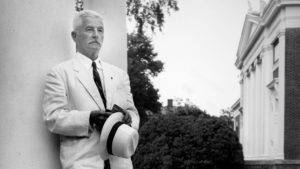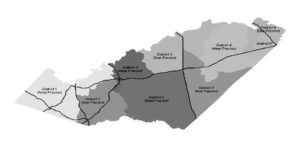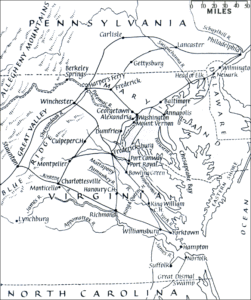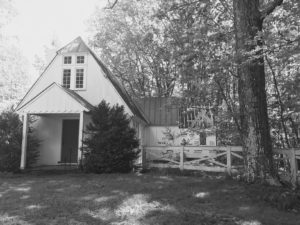A complaint, was filed December 30 in Albemarle County Circuit Court by a group of concerned Albemarle citizens against the Foxfield Racing Association to prevent the racecourse and surrounding land from being sold. The complaint alleges that the Foxfield Racing Association has attempted to sell 137 acres or have it listed for sale.
At issue is whether the last will and testament of the late Mariann S. de Tejada should be held in perpetuity according to her wishes. Her will states “That is to apply all my time, energies and financial resources to the perpetuation of the Foxfield Races in Albemarle County for the recreation, education and enjoyment of the people of Albemarle County and their friends and visitors and of Virginia who appreciate equestrian sports, competition and related activities,” she wrote.
The plaintiffs in the case argue they are all beneficiaries of the trust and are thus entitled to a ruling because they are all “concerned citizens and owners of land” near the property. The suit states that de Tejada purchased the property in 1973 from Grover Vandevender, the huntsman for the Farmington Hunt Club. De Tejada was the original president of Foxfield Racing and helped incorporate Foxfield Steeplechase Inc. to carry on equestrian pursuits in Vandevender’s honor and memory.
When de Tejada died, she was president of Foxfield Racing. Benjamin Dick was vice president and served as one of the co-executors of her will.
The property passed into the hands of Foxfield Racing on May 7, 1987. Benjamin Dick had by that point become president. The suit seeks a judgment on whether the Foxfield property should be held perpetually in trust and whether the current owners can sell any portion of the 137 acres on which the races are run.The suit also seeks an injunction requiring the races to continue “in the normal course of business.”The plaintiffs in the case are John H. Birdsall, Harry Burn, Reynolds Cowles, Landon Hilliard, Kiwi Hilliard, John G. Macfarlane III, Dudley Macfarlane and Jack Sanford Jr.
The Foxfield website states that the Spring Races will be held on April 29. The beneficiary of the race will be International Neighbors Charlottesville. The land is located within Albemarle’s rural area and could be developed. “The number of lots that could be created would depend on several things, including how many development rights it has, whether or not there were any conservation easements on the property,” said county planner Elaine Echols.








